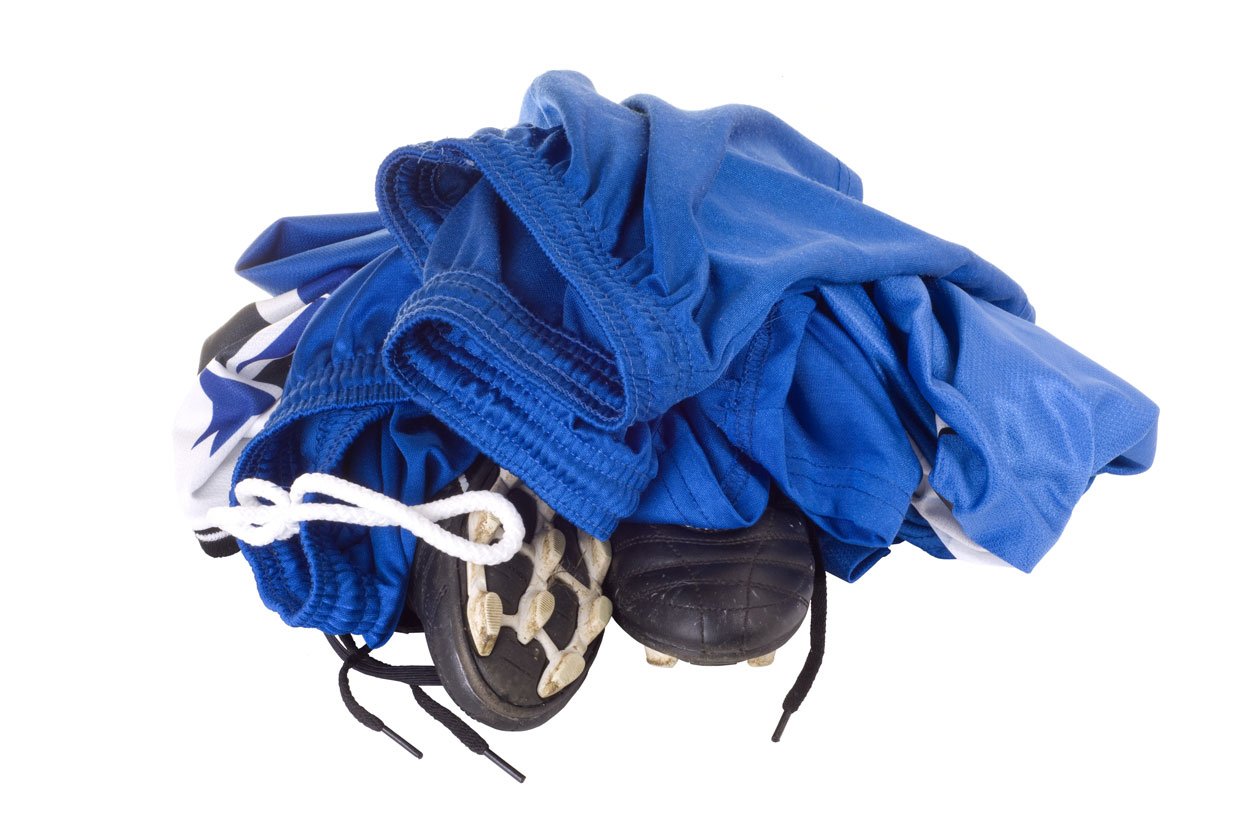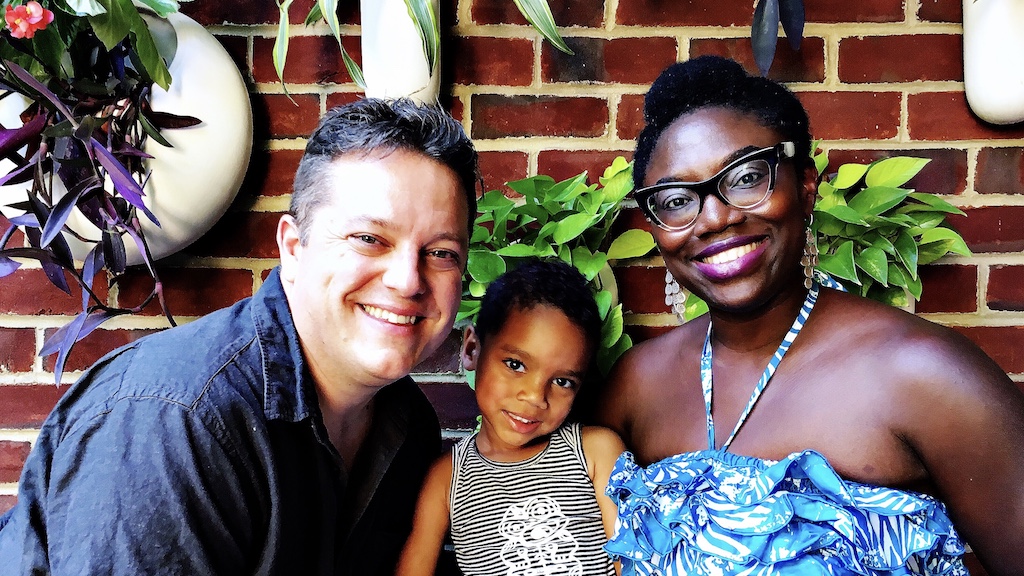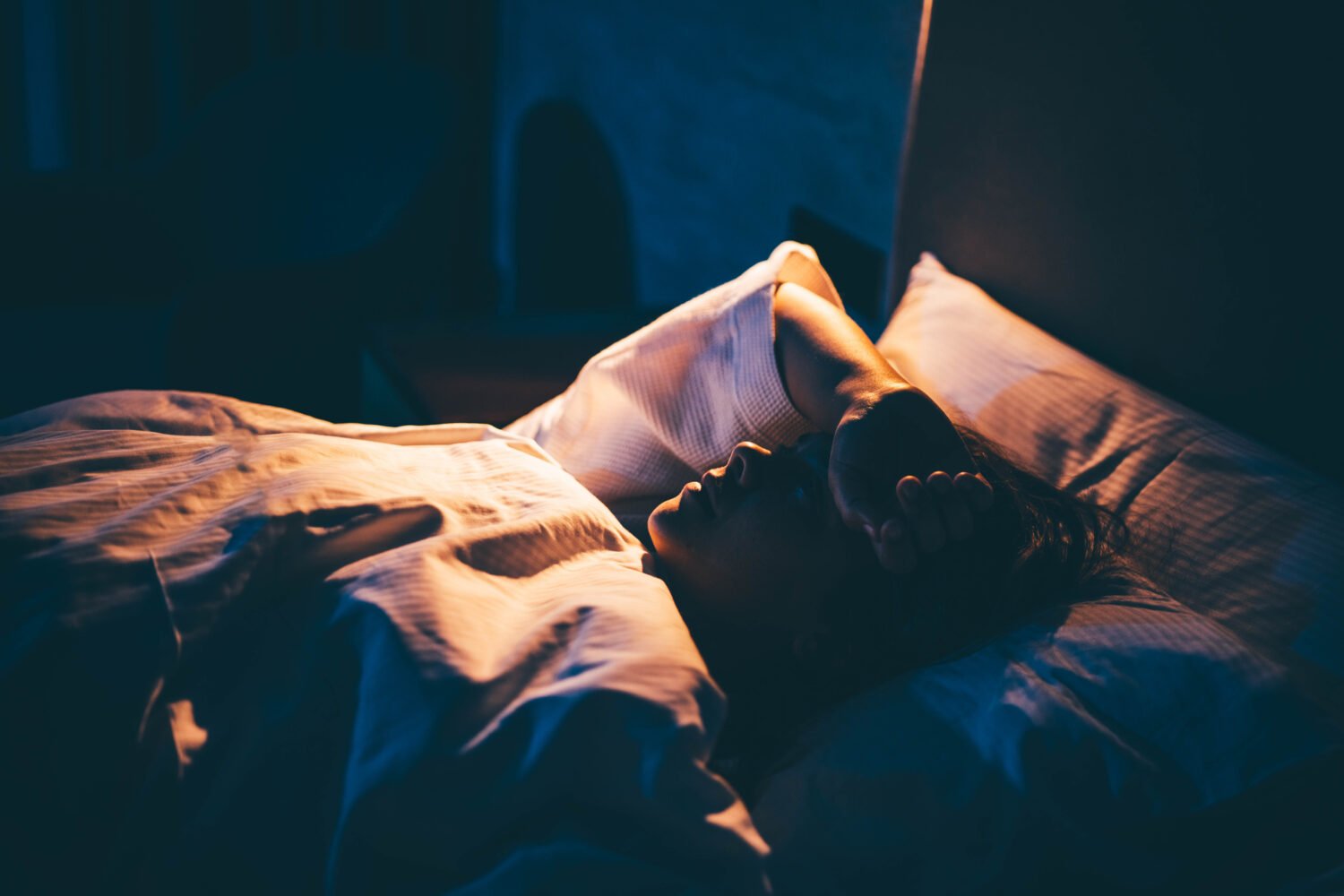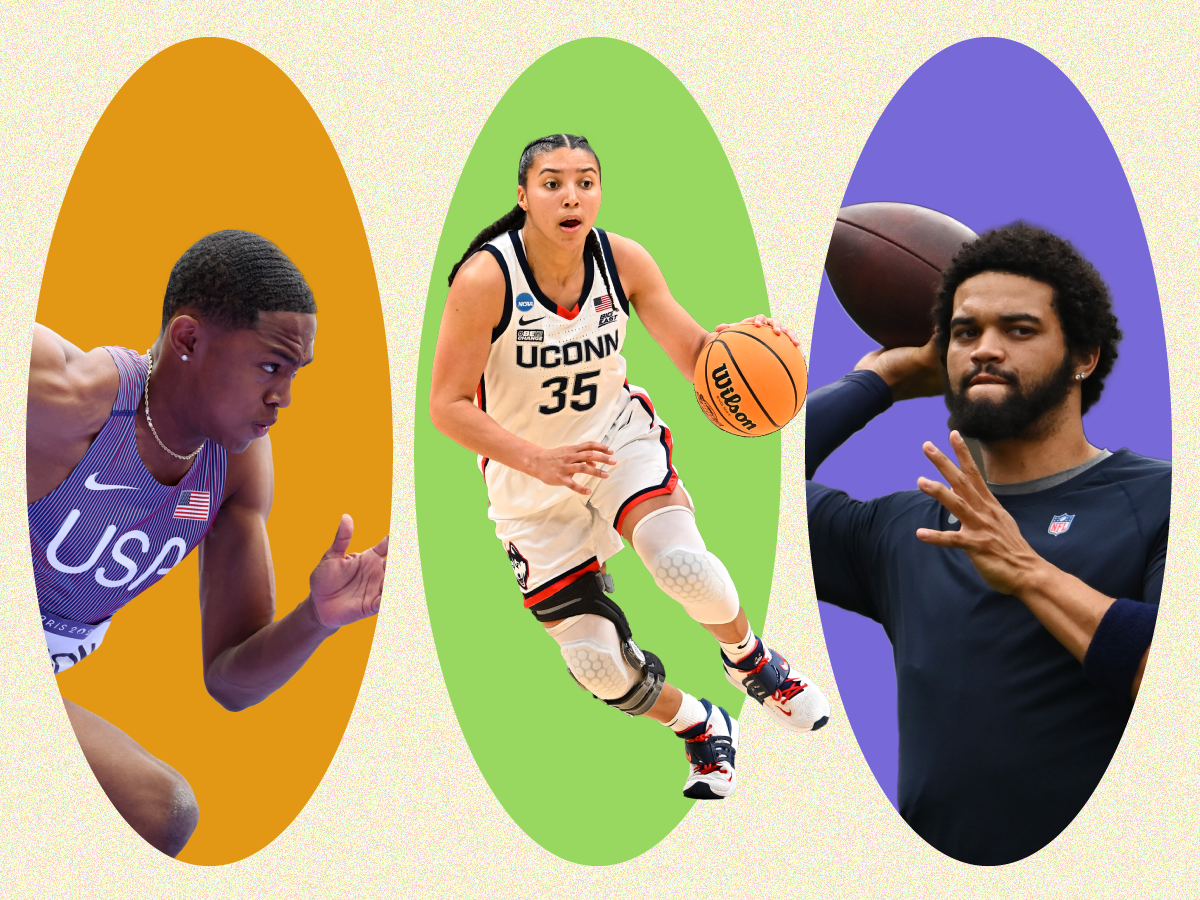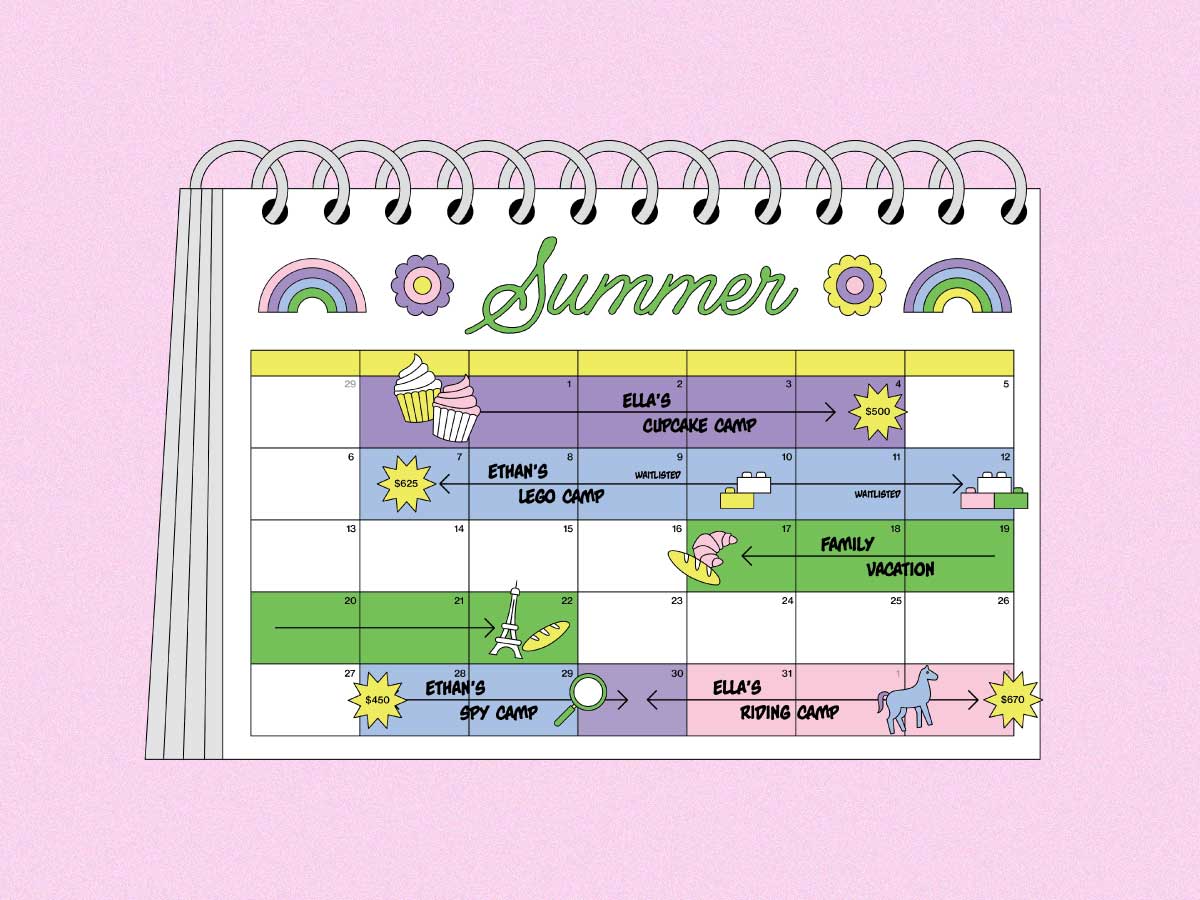Reading the big story on food-dye dangers in the Washington Post over the weekend, I couldn’t help but wonder if it might explain my own experience with my two-year-old this winter.
A few months ago, she started having disruptive sleep patterns. She’d intermittently cry out for just a few seconds, five to six times a night. We never had to go to her room or console her, so I just assumed it was bad dreams, something we haven’t yet seen with our older daughter. Then suddenly, things escalated. We’d put the two-year-old to bed and she’d talk and talk for an hour. Typically, she goes right to sleep. Then she’d get quiet, but a few hours later, she’d cry out. These crying bursts would last just a few seconds but would happen several times in an hour through the night for the rest of the night. Misery.
It was worse than having a newborn at home, because at least they’ll give you two hours of uninterrupted sleep. After a few days in a row of this happening, I was officially obsessed. We couldn’t go on like this, and it seemed impossible that she was having a bad dream. After thinking through all the reasonable possibilities of what could be causing this disruption, I wondered if it might be something she was eating.
My older child has never reacted to foods, and I used to secretly wonder if moms who were hyper-sensitive about kids having cake at birthday parties were going a little overboard. I’ve read articles on the impact of food on children’s behavior and the obesity epidemic among young kids, but I never considered my family part of the problem. I shop at Whole Foods and farmers markets, I grow veggies in the summer with my kids, and I make sure they have fresh fruits and veggies on their plates every day. Yet high sugar, brightly colored dyed foods still snuck their way into my kid’s eating habits on occasion.
My husband, the man who downs Mountain Dew at 11 PM and then falls into a deep slumber, doubted my hypothesis at first. But I’m the gal who can’t have a drop of caffeine after lunch, otherwise I’m up all night. So it didn’t seem like a stretch to imagine that certain foods could profoundly impact the sleep patterns of a 28-pound child.
Initially, I thought the culprit might be those fake-fruit gummy treats that had somehow made their way into our kitchen and quickly become a favorite with my children (I blame my husband for that one). I threw all the treats out. She begged for them several times a day for a few days, but right away—the first day—she went right to bed and slept all night long. Bliss. Checkmate, I thought.
Then a few days later, after dinner, my girls munched on popsicles, and that night my younger one took a while to fall asleep again. I immediately knew it was going to be another bad night of sleep. Since then, I’ve cut sugar and dyed foods out of her diet as much as possible. She still has juice in the morning and yogurt at lunch. But foods with no nutritional value have all been given the heave-ho in our house.
And something amazing has emerged—beyond the luxury of a full night’s sleep—for all of us: a dramatic improvement in behavior. My daughter was spiraling down the miserable path of terrible twos from the day she turned two, but since we’ve cut the sugar and dyed foods out, she’s been great—almost no tantrums, almost no irrational fits. She’s her regular old pleasant, easy-going self. I never anticipated this change when I sought to improve her (and our) sleep.
Saturday, I was thrilled to read that the Food and Drug Administration will soon start reviewing research on the relationship between food dyes and hyperactivity in children. These foods are pervasive in our stores, extremely difficult to avoid when grocery shopping with little ones, and often times, delicious to eat. My sample size of one kid is of course by no means scientifically significant, but anecdotally at least, I can’t help but feel like cutting high sugar and dyed foods out of her diet was clearly the right thing to do.
What do you think about this issue? Take our poll below.

